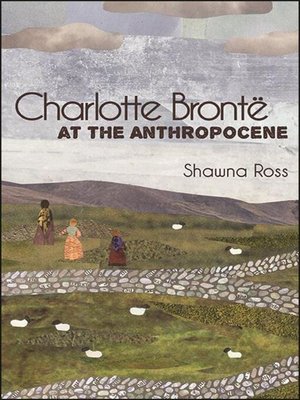Charlotte Brontë at the Anthropocene
ebook ∣ SUNY series, Studies in the Long Nineteenth Century
By Shawna Ross

Sign up to save your library
With an OverDrive account, you can save your favorite libraries for at-a-glance information about availability. Find out more about OverDrive accounts.
Find this title in Libby, the library reading app by OverDrive.



Search for a digital library with this title
Title found at these libraries:
| Library Name | Distance |
|---|---|
| Loading... |
Forges a fresh interpretation of Charlotte Brontë's oeuvre as a response to ecological instability.
Honorable Mention, 2020 Sonya Rudikoff Award presented by the Northeast Victorian Studies Association
In this book, Shawna Ross argues that Charlotte Brontë was an attentive witness of the Anthropocene and created one of the first literary ecosystems animated by human-caused environmental change. Brontë combined her personal experiences, scientific knowledge, and narrative skills to document environmental change in her representations of moorlands, valleys, villages, and towns, and the processes that disrupted them, including extinction, deforestation, industrialization, and urbanization. Juxtaposing close readings of Brontë's fiction with Victorian and contemporary science writing, as well as with the writings of Brontë's family members, Ross reveals the importance of storytelling for understanding how human behaviors contribute to environmental instability and why we resist changing our destructive habits. Ultimately, Brontë's lifelong engagement with the nonhuman world offers five powerful strategies for coping with ecological crises: to witness destruction carefully, to write about it unflinchingly, to apply those experiences by questioning and redefining toxic definitions of the human, and to mourn the dead, all without forgetting to tend the living.







